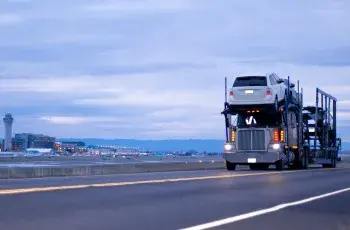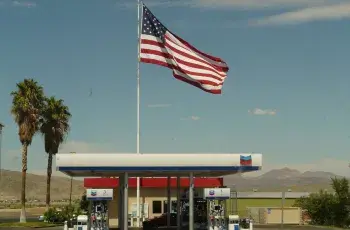Talk to people about shipping a car and most will mention door-to-door shipping. However, there is another option, although it’s not quite so popular.
Recommended articles
Welcome to our special Thanksgiving blog post a moment each year when we pause, reflect, and extend our heartfelt gratitude to everyone who has been part of our journey. This season reminds us of the importance of appreciation, connection, and community, and we’re truly honored...
When you’re thinking about an expenditure of several hundred dollars for a service, you’re of course going to do your due diligence to be sure your money is going to be spent wisely and that you’re going to find the best deal you can. It’s even more important when your vehicle is...

Car Shipping Quote
- Get your quote fast and simple
- Instant car shipping cost calculator
- High accuracy in price estimation
- Check delivery time based on distance
Talk to people about shipping a car and most will mention door-to-door shipping. However, there is another option...
Welcome to our special Thanksgiving blog post a moment each year when we pause, reflect, and extend our heartfelt...
When you’re thinking about an expenditure of several hundred dollars for a service, you’re of course going to do your...
So Thanksgiving is almost here, and it’s pretty common knowledge that this is one of the biggest holidays for travel...
Halloween is right around the corner, and Americans love nothing more than a good scare this time of year. It’s the time...
There’s a paradigm shift going on in the automotive world as the technology for electric vehicles (EVs) is evolving...




